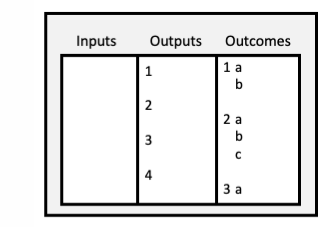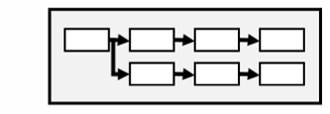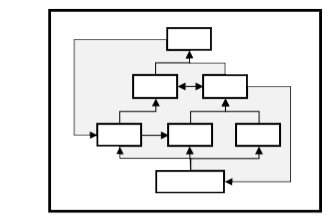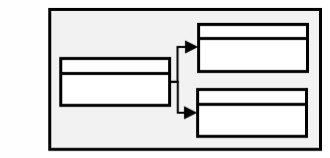Home » Enhancing Program Performance with Logic Models » Section 4: What Does a Logic Model Look Like? » 4.2: Logic Models come in various shapes and sizes
4.2: Logic Models come in various shapes and sizes
“Logic Models come in as many sizes and shapes as the programs they represent.”
W.F. Kellogg Foundation, 2001, p. 7

Sometimes a logic model is built as a table with lists of items in the input, output, and outcome columns. The model may include limited directional arrows to illustrate connections and relationships. It may include numbered lists to show order within a column or to indicate rows of connections across the columns.

Other logic models use boxes, with lines and arrows connecting the boxes to illustrate the causal linkages.

Some logic models use circles and other shapes. We’ve had community groups use metaphors such as oysters, trees, footprints, and an octopus.

Some logic models are simple; others are complex.

Some logic models show only parts of a full model: some don’t include assumptions, situation, or external factors; some only include outputs and outcomes.
Remember that the logic model is just a MODEL. In the effort to simplify and communicate using one page, we often produce logic models that abbreviate program complexities. Most important, the logic model must be clear and understandable to those who will use it. To capture the program theory, the logic model needs to show the logical linkages between and among elements.
- Think about who will use the logic model–to/with whom the logic model is to communicate: you or your staff, funders, administrators, elected officials.
- Settle on a graphic representation that best fits the user and use.
- Recognize that deciding on a single image that displays the program theory is often the most difficult part of developing and using a logic model.




